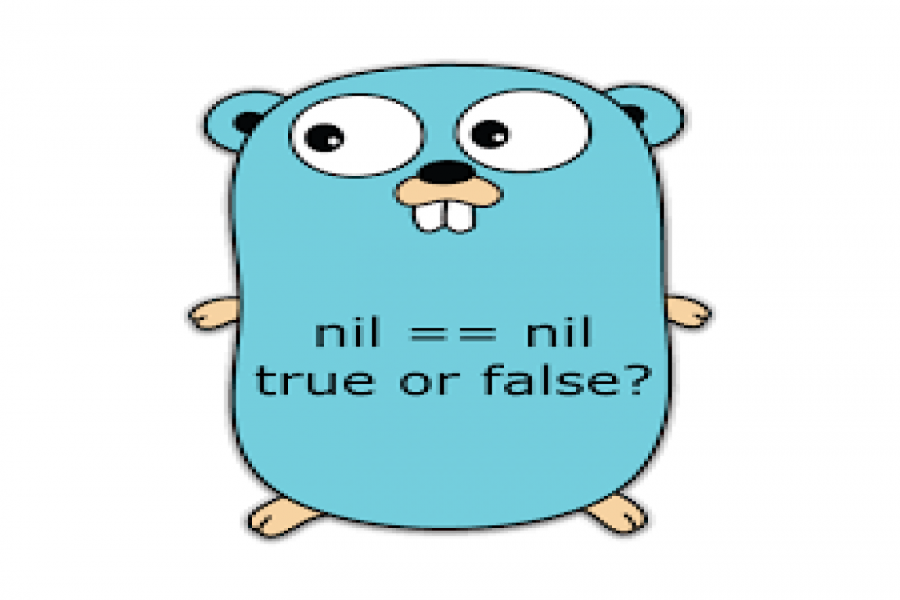Using a filename as a function input
While creating a new function that reads the file, passing the filename as an argument is not considered best practice and might have negative effects such as making it difficult to write test cases for a variety of criteria. Suppose we want to implement a function to count the number of empty lines in a…
Ignoring how defer arguments are evaluated
In order to understand how arguments are processed using the defer keyword, let’s consider a specific example. Suppose we have a function that needs to execute two other functions, called foo and bar. Additionally, this function needs to handle some status information related to its execution. We can use the defer keyword to ensure that…

Using defer inside a loop
The defer keyword allows a function call to be postponed until the surrounding function has completed execution. This can be useful for reducing redundancy in code, such as when a resource needs to be closed after use. However, it’s important to be mindful of using defer within a loop, as it can have unintended consequences…

Being confused about nil vs. empty slice
Go developers fairly frequently mix nil and empty slices. In this blog post discusses how they are differ and when to use each one. Slices are one of the most widely used data types in Go. It provides a way for to work with ad manage collections of data, and can be appended to or…
Mixing up concurrency and parallelism
Even after years of concurrent programming, developers may not clearly understand the differences Developers who have been working with concurrent programming for a long time may still not fully grasp the distinctions between concurrency and parallelism. Therefore, before discussing specific topics related to Go programming, it is important to first understand these concepts and establish…
Thinking concurrency is always faster
Many developers mistakenly believe that a concurrent solution will always be faster than a sequential one, but this is not always the case. The performance of a solution depends on various factors, such as the efficiency of the concurrency structure, the parts that can be processed in parallel, and the level of contention among the…

Stripe Payment with Golang
In this blog post, I will discussed on the topic of stripe payment integration with Golang. Before that i will give brief introduction about this and move head to simple implementation. It is a famous payment gateway that helps in financial transaction between merchants and customers. It accepts 133+ countries currency. It is a powerful…
Being puzzled about when to use channels or mutexes
Given a concurrency problem, it may not always be clear whether we can implement a solution using channels or mutexes. Because Go promotes sharing memory by communication, one mistake could be to always force the use of channels, regardless of the use case. However, we should see the two options as complementary. This section clarifies…
Not properly checking if a slice is empty
In the previous blog post we discussed about distinction between nil and empty slices. We have to clear about some notation, what is the idiomatic way to check if a slice contains elements? Not having clear answer can lead to subtle bugs. Let’s talk about the example, we call a getAmounts() function which returns a slice…
